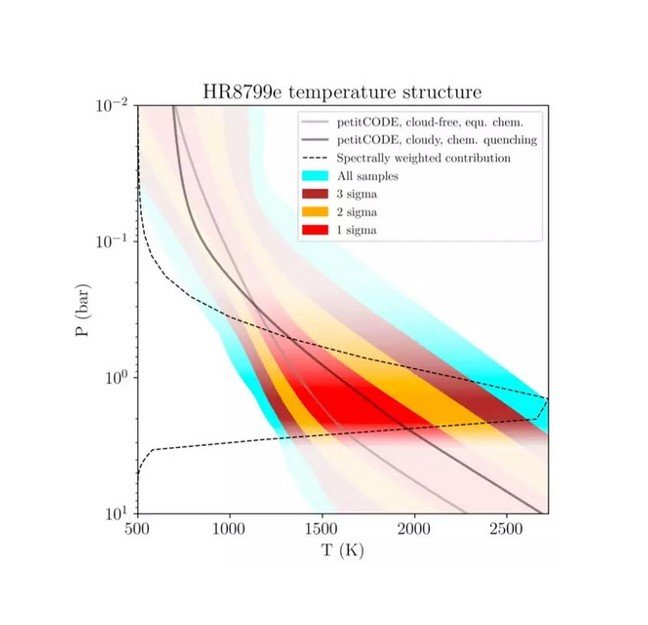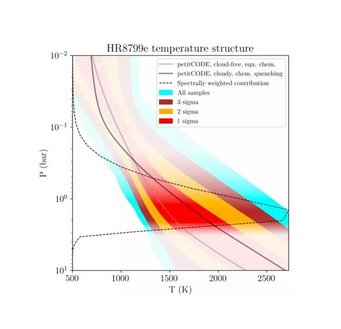Atmospheric Modelling

Atmospheres are the outermost gaseous shells that surround nearly all exoplanets, except for the smallest and hottest ones. Studying the spectra of exoplanets is therefore analogous to studying their atmospheres. To make sense of any such observation, the physics dominating their atmospheres needs to be understood. To this end, scientists often apply numerically modelling to all relevant physical processes, to produce a prediction of a planet’s spectral appearance. At the APEx department, we compute the structures of exoplanet atmospheres using models ranging from one to three dimensions, solving for temperatures, composition, and cloud properties. More specifically, we are working to address the following questions:
- How do different elemental compositions affect the atmospheric chemistry and resulting spectra?
- What is the property of the clouds and hazes which affect the atmospheres of nearly all exoplanets?
- How does the radiative feedback of clouds affect the atmospheric structure and spectra?
- How can next-generation observations be used to probe the three-dimensional nature of exoplanet atmospheres?
In addition, we specialize in making our models numerically efficient: this permits computing millions of models for a given observation, continuously varying the model parameters. Such so-called retrievals allow constraining the atmospheric conditions that imprint their signatures in the spectra. Our team therefore works closely together with observers around the world, making use of the most sensitive telescopes on the ground and in space. We especially include data from the James Webb Space Telescope and look forward to the various next-generation instruments on the ground, which will probe exoplanet spectra with higher sensitivity and resolution than ever before.
